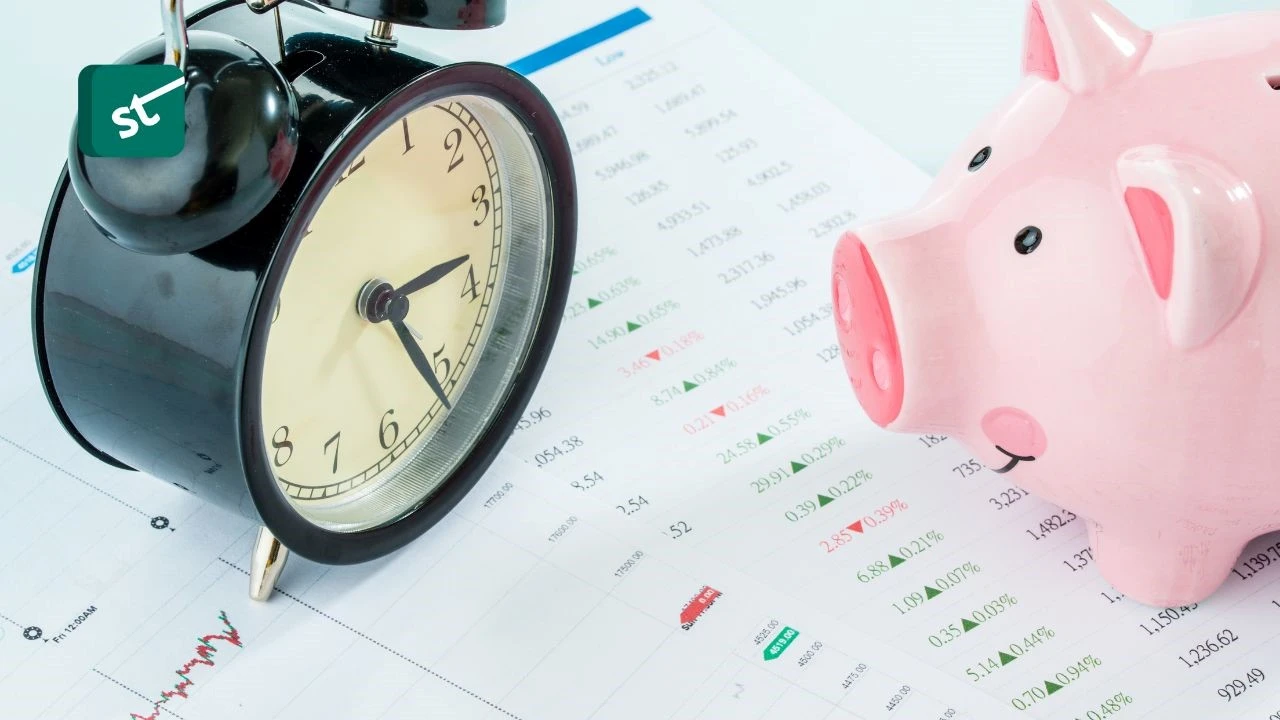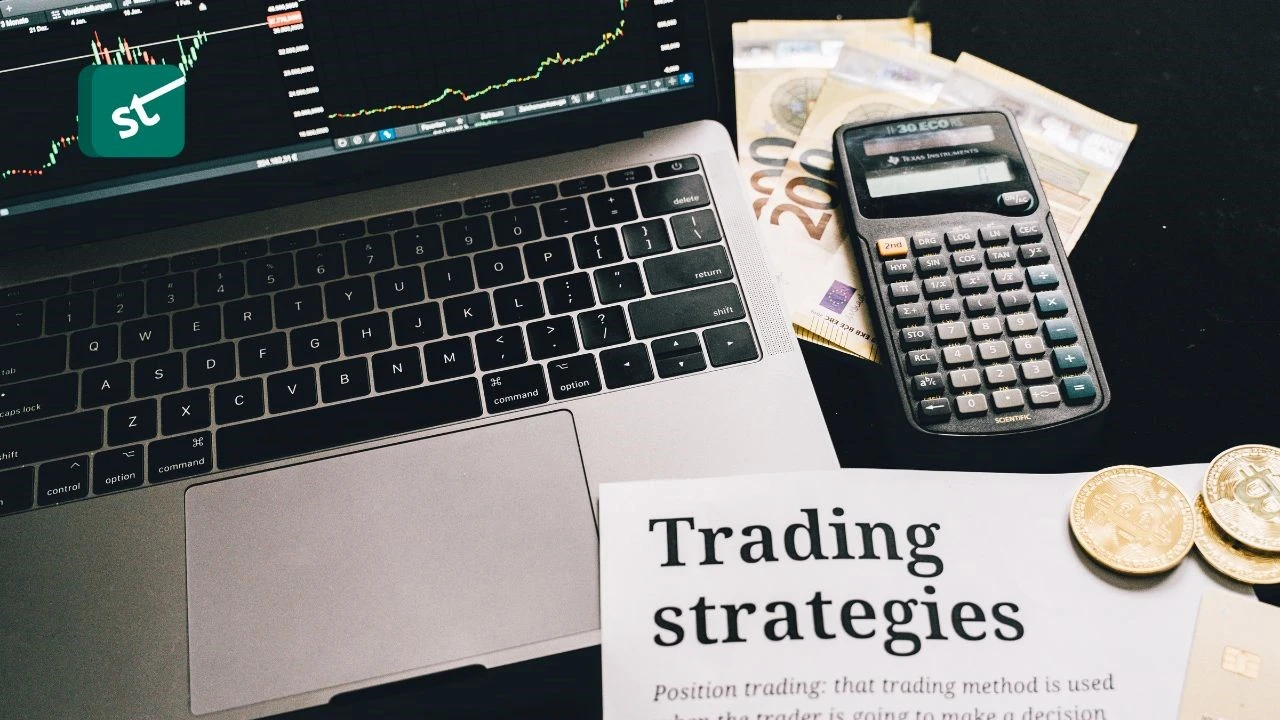In the fast-paced world of financial markets, two phrases, “After Hours Trading” and “After Market Trading,” stand as gateways to extended trading horizons.
Amid the conventional ebb and flow of market activity, these terms evoke curiosity and questions. What sets apart After Hour Trading vs After Market Trading? What opportunities and risks do they entail?
This article after hour trading vs after market trading embarks on a journey to decipher these distinct yet interconnected trading landscapes, shedding light on their implications for investors and traders alike.
What is After-Hours Trading?
After-hours trading refers to the trading of stocks that takes place after the official closing time of the stock market.
Once the regular US stock market opening and closing time which is 9:00 AM to 4:00 PM Eastern Time comes to an end, a new window of opportunity opens up for those interested in extending their trading activities.
This period typically lasts from 4:00 PM to 8:00 PM Eastern Time.
Trading of US stock after market hours offers investors the chance to react to important news, announcements, and events that may occur after the regular trading hours.

This responsiveness can be particularly advantageous in fast-moving markets.
-
After Hours Stock Charts
In the sphere of financial markets, where trading knows no bounds of time, “after-hours stock charts” emerge as essential tools for investors seeking to decode the intricate movements of stock prices beyond the conventional trading day.
-
After hours Trading NYSE
“After hours trading NYSE” introduces us to a captivating world where the New York Stock Exchange extends its reach beyond the standard trading hours, allowing investors to engage in transactions that transcend the constraints of time.
-
Nasdaq After Hours
“Nasdaq after hours” opens the door to a realm of extended trading opportunities that follow the closing bell of the Nasdaq Stock Market.
Beyond the regular trading hours, this period allows investors to participate in the trading of Nasdaq-listed securities, reacting to late-breaking news and events that can sway market sentiment.
-
After-Hours Trading Today
Let’s take a glance at the After-Hours Trading Today. The current NASDAQ Futures price stands at 15,510.50, while the fair value, which is an estimate of the market’s perceived value, is slightly higher at 15,533.03.
The change value of -28.00 points indicates a minor decrease of 0.18% from the previous session’s closing price.

The implied open, calculated at -22.53, suggests that the market is expected to open lower than its current price, reflecting a potentially bearish sentiment among traders.
These figures collectively provide a snapshot of the current state of the NASDAQ Futures market, highlighting a slight downturn in sentiment as reflected in the implied open.
What is After-Market Trading?
The term “after-market trading” is a broader term that encompasses both pre-market and after-hours trading.
Pre-market trading occurs before the official market opens, while after-hours trading takes place after it closes.
In essence, trading of US stock after market hours covers the entire span of extended trading sessions.
This means that investors who wish to engage in trading activities before the market opens and after it closes can do so during these extended periods.
Key Differences Between After-Hours and After-Market Trading
The distinction of after hours trading vs after market trading lies in their specific timeframes.
After-hours trading specifically refers to the time after the regular market closes, usually from 4:00 PM to 8:00 PM Eastern Time.
On the other hand, after-market trading encompasses both pre-market and after-hours sessions, spanning the early morning hours before the market opens and the evening hours after it closes.
Another significant difference is the trading volumes and liquidity in these extended sessions.
While after-hours and pre-market trading offer opportunities for investors to act on new information, they generally exhibit lower trading volumes compared to regular trading hours.
This lower liquidity can sometimes result in wider spreads between bid and ask prices, potentially leading to increased trading costs for investors.
Moreover, extended trading sessions tend to be more volatile than regular trading hours.
The limited number of participants and reduced liquidity can amplify price swings, making it crucial for traders to exercise caution and implement appropriate risk management strategies.
Pros and Cons of After-Hours Trading
-
Pros
After-hours trading has several advantages, including the ability to react to news that surfaces outside of regular trading hours.
For instance, if a company releases an earnings report after the market closes, investors can immediately respond to the information in after-hours trading.
This can be particularly valuable for those looking to capitalize on market-moving events.
-
Cons
However, after-hours trading comes with its own set of challenges. The lower trading volumes and reduced participation can result in wider bid-ask spreads.
This means that investors might face higher transaction costs when buying or selling stocks during after-hours sessions.
Additionally, the heightened volatility can lead to abrupt price fluctuations, potentially catching investors off guard.
Pros and Cons of After-Market Trading
-
Pros
After-market trading, which encompasses pre-market and after-hours sessions, offers unique advantages.
Pre-market trading allows investors to react to early morning news releases, such as economic indicators or international events, and position themselves before the official market opening.
Similarly, after-hours trading provides a chance to evaluate and potentially act on developments that occur after the market’s regular closing time.
-
Cons
However, after-market trading faces similar challenges to after-hours trading. Pre-market trading, in particular, might have limited accessibility for retail investors due to its early hours.
Additionally, both pre-market and after-hours trading suffer from lower liquidity and higher volatility, which can be risky for those who aren’t prepared for sudden price movements.
Factors Influencing After Hour Trading vs After Market Trading
Several factors play a role in shaping the dynamics of extended trading sessions.
Institutional investors often participate in these sessions, using specialized strategies to leverage the opportunities arising from after-hours and pre-market trading.
These strategies can contribute to price movements and volatility during these periods.
Global news and events also exert a significant influence on after-hours and after-market trading.
Developments that occur outside of regular market hours, such as international economic data releases or geopolitical events, can drive trading activity during the extended sessions.
Investors who have access to after-hours trading can react to these events as they unfold, potentially positioning themselves advantageously when the regular market opens.
Earnings releases and economic indicators, despite occurring outside of regular hours, can significantly affect stock prices in after-hours and pre-market trading. Investors who monitor these announcements can gauge market sentiment and make informed decisions accordingly.
Trading Precautions and Strategies for Extended Sessions
Trading in extended sessions requires careful consideration and specialized strategies. One crucial precaution is the use of limit orders.
Unlike market orders that execute at the best available price, limit orders allow investors to specify the maximum price they’re willing to pay when buying or the minimum price they’re willing to accept when selling.

This precaution helps manage risk and control the potential impact of heightened volatility.
Additionally, traders need to be aware of the differences in order execution during extended sessions.
While many brokerage platforms support after-hours and pre-market trading, not all orders may be executed immediately due to lower liquidity. It’s important to understand the specific rules and conditions set by your broker for these trades.
Developing tailored trading strategies is also essential. Strategies that work well during regular trading hours might need adjustment to account for the increased volatility and lower liquidity of extended sessions.
Traders should be prepared for the possibility of rapid price swings and have plans in place to adapt to changing market conditions.
How to Access After-Hours and After-Market Trading
Accessing after-hours and after-market trading opportunities depends on your brokerage platform.
While some brokers provide the option to trade during extended sessions, others may have restrictions or fees associated with these trades.
It’s crucial to review your broker’s policies and understand any additional costs before engaging in after-hours or pre-market trading.
Traders looking to participate in extended sessions should also explore the trading platforms and tools offered by their brokers.
These tools can help analyze market data, execute trades, and manage risk effectively during these periods.
Conclusion
In the dynamic world of stock trading, after-hours and after-market trading offer unique opportunities to capitalize on news, announcements, and events that occur beyond regular market hours.
However, these extended sessions also come with increased risks due to lower liquidity and higher volatility.
Investors should carefully weigh the advantages and disadvantages, tailor their trading strategies, and take precautions to mitigate potential pitfalls.
By understanding after hour trading vs after market trading, staying informed about influential factors, and being prepared with appropriate trading strategies, investors can make well-informed decisions that align with their financial goals.
FAQs
What Is After Hour Trading Vs After Market Trading?
After-hours trading refers to trading stocks outside of regular market hours, usually after 4:00 PM Eastern Time.
After-market trading encompasses both pre-market and after-hours sessions, allowing trading before the market opens and after it closes.
Why Do After-Hours and After-Market Trading Exist?
These extended sessions cater to traders who want to react to news and events that occur outside regular market hours.
How Does After-Hours Trading Affect Stock Prices?
After-hours trading can lead to increased price volatility due to lower trading volumes and reduced liquidity.
Are All Stocks Available for After-Hours Trading?
No, not all stocks are available for after-hours trading. Generally, larger, more actively traded stocks are more likely to have extended trading opportunities.
Can I Place Market Orders During After-Hours Trading?
While some platforms allow market orders, it’s advisable to use limit orders during extended sessions to manage risk effectively.
Are After-Hours and After-Market Trading Open Every Day?
After-hours trading is typically available on weekdays, except for holidays. Pre-market trading may also be limited on holidays.
What Are the Benefits of After-Hours Trading?
After-hours trading allows investors to react to news that emerges after the regular market closes, potentially capitalizing on market-moving events.
What Are the Risks of After-Hours and After-Market Trading?
Lower liquidity and higher volatility during extended sessions can lead to wider spreads and increased trading costs.
How Can I Access After-Hours and After-Market Trading?
You can usually access these sessions through your brokerage platform, though availability, rules, and fees may vary.
What Are After Hours Stock Market Futures?
The term “after hours stock market futures” encapsulates a realm of anticipation that extends beyond the typical trading hours.
